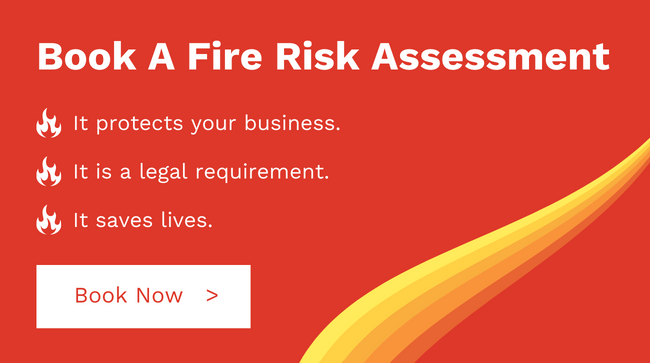Navigating Respiratory Safety In Automotive Paint Spraying

The automotive paint spraying process, although crucial for the appearance and protection of a vehicle’s bodywork, poses significant health risks to workers if they are not provided with adequate protection against the toxic fumes, carcinogens, and volatile organic compounds (VOCs) that are commonly found in automotive paints. Respiratory Protective Equipment (RPE) is indispensable on automotive production lines and in body shops and garages as it ensures the safety and well-being of workers in these challenging environments.
The Risks Of Using Automotive Paint Sprayers Unprotected
Automotive paints can be hazardous due to their chemical composition. Often containing a potent combination of harmful substances, including isocyanates, solvents, and other toxic chemicals, spray paints can cause respiratory problems, skin irritation, and long-term health issues if inhaled or come into contact with the skin. Therefore, providing effective respiratory safety equipment for workers is essential.
Supplied-Air Respirators For Paint Spraying
A challenge in automotive paint spraying is to select the appropriate RPE. The equipment must be adequate and effective against the specific type and concentration of environmental hazards. Given that many different dangerous substances are used in automotive paint spraying, selecting the right RPE is crucial.
Supplied-Air Respirators (SARs) may offer a high degree of respiratory protection. Unlike other forms of RPE, SARs provide a continuous supply of clean air from an external source, particularly beneficial in automotive paint spraying, where workers are exposed to harmful fumes for long periods and often have readily available compressed air for the purposes of spraying paint, but is this air safe for breathing?. A continuous air supply might reduce the risk of inhaling toxic substances, but only if the air supplied is tested and confirmed as fresh and uncontaminated.
Another advantage of SARs over Powered Air-Purifying Respirators (PAPRs) is the reduced risk of filter saturation. PAPRs rely on filters to purify the air, which can become saturated with contaminants, such as organic solvents. Saturated filters are far less effective, particularly as they become increasingly contaminated during extended use. SARs eliminate this problem by providing a direct, uncontaminated air source. PAPR does provide an opportunity for free movement, however as the wearer does not need to be tethered to an air supply.
Ensuring Compliance With Health And Safety Regulations
Compliance with safety regulations is critical to workplace safety in the automotive industry. Under the Health and Safety at Work Act (1974) and the Control of Substances Hazardous to Health (COSHH) Regulations (2002), employers must adhere to stringent safety standards, which include maintaining up-to-date, comprehensive documentation. This documentation should include records of maintenance and testing of any RPE being used. If this is SAR type, then this should also extend to air quality tests of the air supplied for breathing purposes.
Safety can be further enhanced through proper training. If RPE is tight fitting (even SAR type), then Face fit testing is also essential to ensure that each worker’s RPE creates an airtight fit around the natural contours of their face, with no gaps around the seal that could allow the user to inhale potentially toxic substances from the ambient air inadvertently. User training, too, is imperative, including thorough maintenance and inspection of RPE, to eliminate the risk of workers exposing themselves to danger by misusing the equipment or failing to spot faults that could render it ineffective.
Find Out More
At Fire Safe International, we can help you deliver the highest level of safety in automotive paint spraying to protect your staff from the inhalation of toxic substances. For more information, please contact our experts today.
Image Source: Canva

